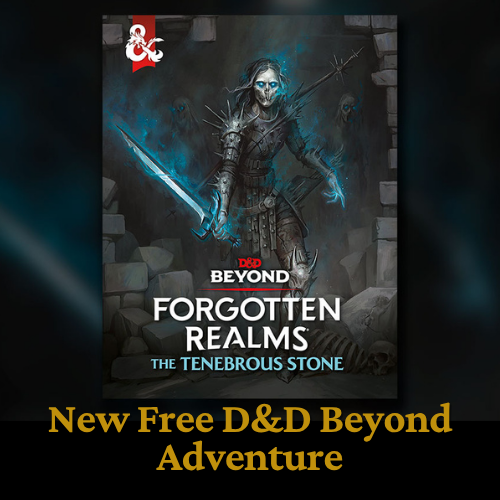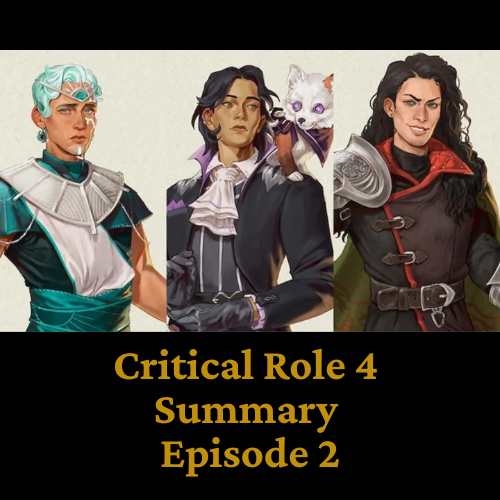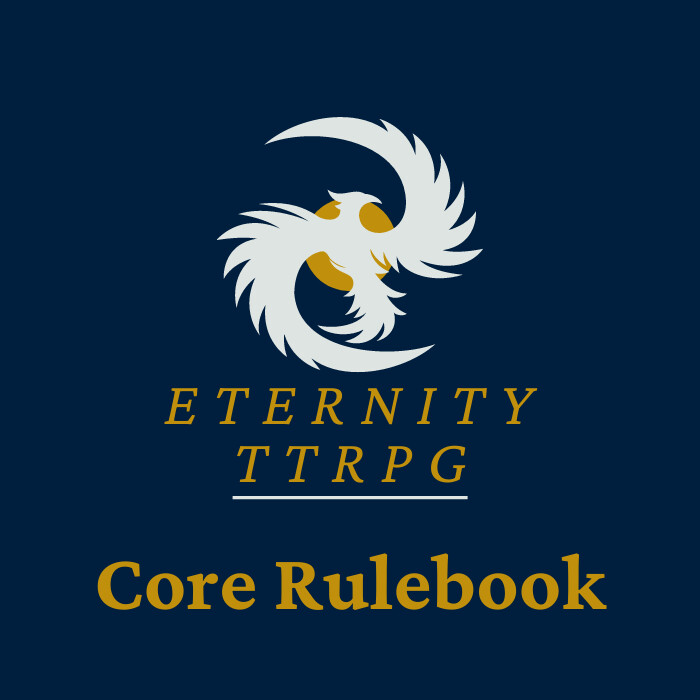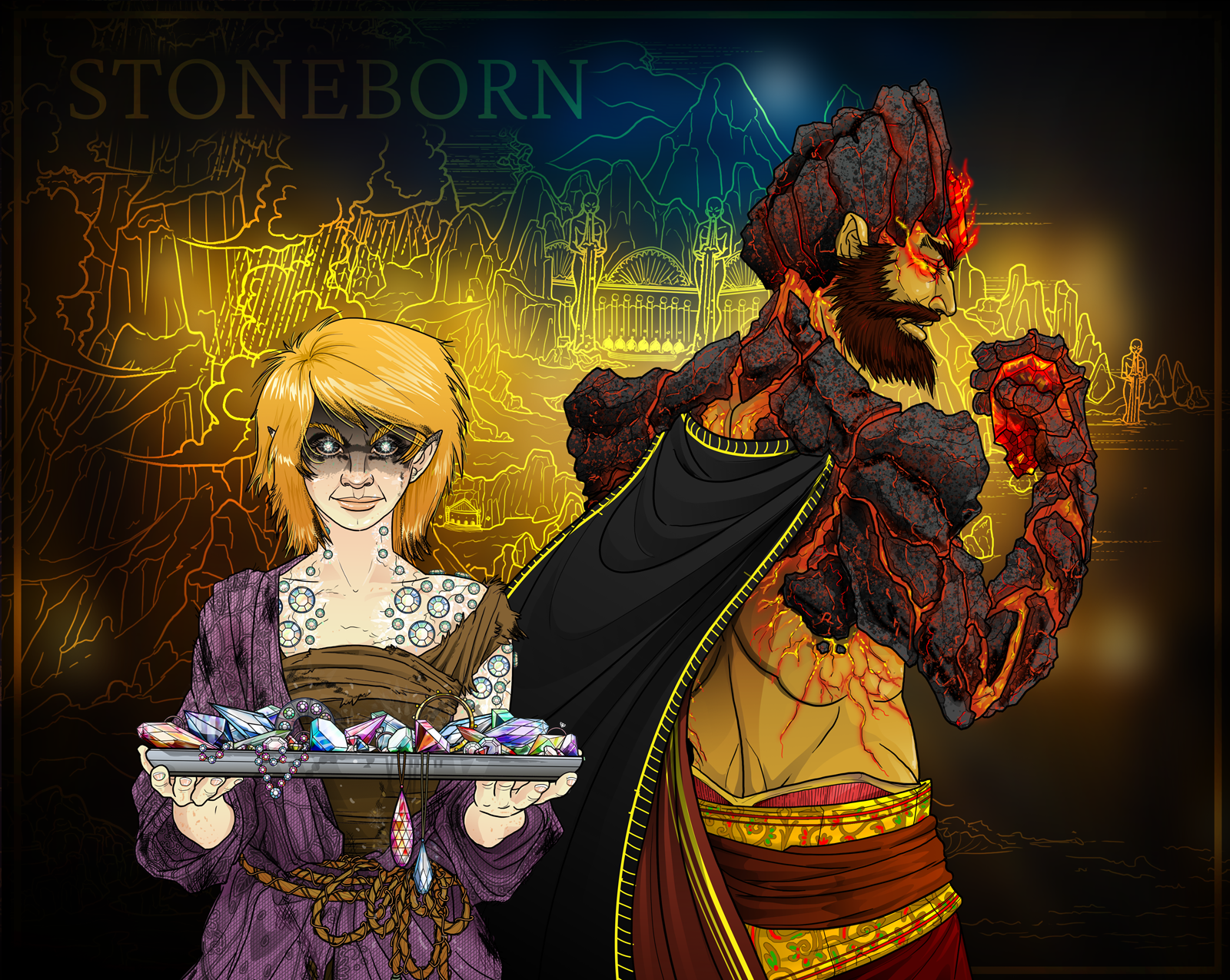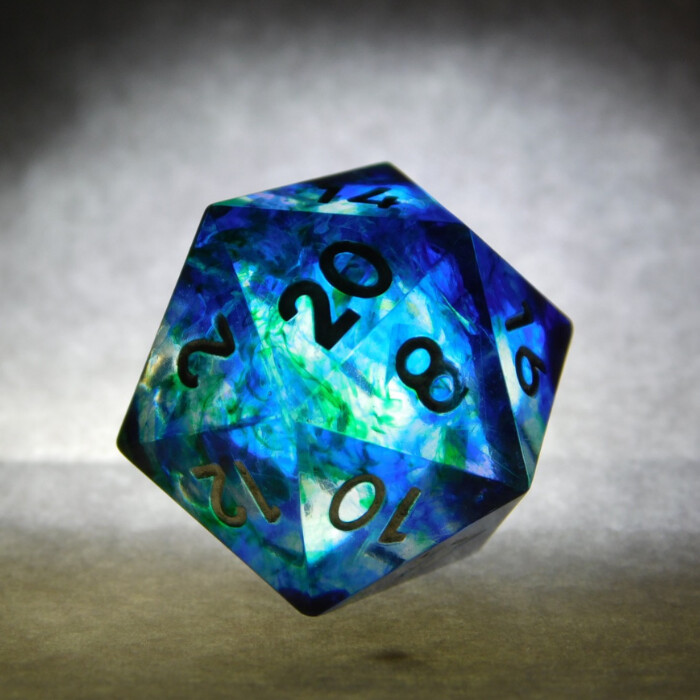Daggerheart Classes Deep Dive
Transcribed content from our recent YouTube video: https://www.youtube.com/watch?v=yrFz0Vj0nWs&ab_channel=EternityTTRPG
Transcription
Heroes, villains, and… frogs. Today we’re cracking open Daggerheart to look at every single class you can play. We’ll see which ones feel familiar, which ones bring something fresh to the table, and which ones made me go—‘Wait, I can do THAT in combat?’ If you know your D&D, Pathfinder, or other fantasy RPGs, you’ll recognize some archetypes—but Daggerheart’s twist is how it mashes them together with its Domain system. So, grab your character sheet and let’s roll in.
Welcome back to Eternity TTRPG, your go-to tavern table for all things TTRPG. Today, we’re diving into Daggerheart’s classes (and sub classes) to give you the highlights, flavor, and ‘cool factor’ of each. Oh, and keep an eye out—some of these mechanics are begging for epic roleplay moments.
I want to note really quick that there are quite a few “new” terms to tabletop RPGs in Daggerheart, such as using Hope to power interesting spell effects, or “shaking off stress.” This video won’t have time to cover all of these things though, so be sure to check back in with us on future videos that’ll go into all of these mechanics.
In Daggerheart, classes aren’t just lists of abilities—they’re built from Domains. Think of a Domain as a themed deck of cards: Arcana for spellcraft, Blade for martial prowess, Midnight for shadowy trickery, and so on. Every class is a combo of two Domains. The Druid mixes Arcana with Sage. The Warrior? Blade and Bone. Each domain adds abilities, spells, and flavorful moves, so your class is both your archetype and your toolkit.
During play, you’ll gain and upgrade Domain Cards—some give you special moves, others are passive perks, and some are big one-shot powers.
It’s like mixing your favorite flavors of ice cream, except your sundae can also turn into a bear and punch a dragon.
The Bard is here to do what bards do best—steal the show and keep everyone else alive long enough to applaud.
Class feature? Rally. Once per session, you can literally hand everyone a ‘Rally Die’ they can spend to boost rolls, do more damage, or shake off stress.
Go Troubadour if you want to play music magic—your songs can heal, make enemies vulnerable, or give the whole party a dose of Hope. Go Wordsmith if you want the power of speeches, poems, and persuasion—think inspiring monologues and rallying your friends like a fantasy hype man.
Druids in Daggerheart bring two big things to the table: Beastform and Wildtouch. Beastform lets you turn into animals for combat, scouting, or just to see how fast you can freak out the city guards.
As a Warden of the Elements, you channel fire, earth, water, or air for combat buffs—like setting attackers on fire just for hitting you. As a Warden of Renewal, you’re the ultimate party healer, mixing nature magic with restorative transformations.
The Guardian is your frontline tank with a vengeance—literally. Their Unstoppable feature lets you shrug off status effects and ramp up damage the longer you fight.
Stalwarts are immovable walls, stacking massive damage threshold bonuses and body-blocking hits for allies. Vengeance Guardians fight like avenging angels—take a hit, and you get to smack the attacker back.
Rangers get Ranger’s Focus—marking a target so you always know where they are and forcing them to take extra stress when you hit them.
Beastbound gives you a full-on animal companion with its own level-up tree.
Wayfinder turns you into a relentless hunter, complete with pathfinding magic and Apex Predator attacks that scare enemies into submission.
Rogues trade in Cloak instead of just ‘Hidden’—meaning if you’re standing still in shadow, you’re basically untouchable until you move or attack. Sneak Attack damage also ramps up fast.
Nightwalker gives you literal shadow teleportation.
Syndicate makes you the ultimate connected operator, with shady contacts ready to drop in loot, intel, or a well-timed crossbow bolt.
The Seraph is all divine fury and celestial flair, fueled by Prayer Dice that can heal, protect, or power up attacks. Seraph is basically the Daggerheart Paladin, but named differently for some reason.
Divine Wielder summons a spirit weapon that flies around like a holy boomerang, smashing multiple enemies.
Winged Sentinel just… grows radiant wings and takes the fight to the skies.
Sorcerers feel raw and unpredictable—your Channel Raw Power can turn spells into Hope or crank damage up to ridiculous levels.
Elemental Origin lets you specialize in one element and eventually become its walking embodiment.
Primal Origin tweaks magic in wild ways—extending its range, doubling damage dice, or hitting multiple targets.
The Warrior is pure martial might—ignoring weapon burdens, hitting harder every level, and punishing enemies for moving away.
Call of the Brave thrives under pressure, turning near-defeat into bursts of Hope.
Call of the Slayer stockpiles bonus dice for devastating finishing moves.
Wizards have Prestidigitation for endless magical flavor, plus Strange Patterns—roll a chosen lucky number, and you get Hope or shake off stress.
School of Knowledge is the academic—hoarding extra domain cards and leveraging perfect recall.
School of War is your battle-mage—mixing heavy magic damage with defensive wards.
That’s every Daggerheart class—each familiar enough to pick up fast, but with domain combos that let you mix magic, martial, and flavor in ways other TTRPGs just don’t.
Which class would you play first? Drop your pick in the comments, and tell me what you’re into.
And hey—this is just the start of our time with Daggerheart. Next time, we’ll look at some more deep-dives and trust me… you’re not ready for the Ribbet ancestry.
Dice, Dungeons, Games & More - Eternity TTRPG
Share This Article

Author - Jacob Tegtman
Dear reader, I hope you enjoyed this article. Tabletop gaming has been a passion of mine since I was 6 years old. I've played just about every game from Dungeons and Dragons to video games like Final Fantasy. These games have inspired me, made me laugh, made me cry, and brought me endless hours of enjoyment.
I started Eternity TTRPG - and the indie tabletop game that goes along with it (Eternity Shop) - to share my love of gaming with others. I believe that in our technology-driven age, tabletop games help bring a sense of magic and community back into our world.
If you love the site, please share it with others! I have lots of gaming-related material for you to peruse and use in your own gaming sessions. If you have any questions about the site or want to contribute, just send me a message using the "Contact" page, which you can find in the site's footer.
